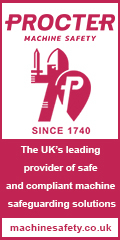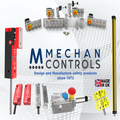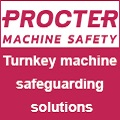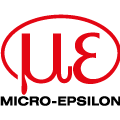
Posted to News on 9th Jan 2009, 11:09
Anaerobics are versatile as adhesives and sealants
ThreeBond's anaerobic 1300 series of adhesives, sealants and threadlockers can be used on a wide variety of applications to prevent leakage and loosening. Anaerobics are distinguished from ordinary adhesives and sealants by the fact that they remain liquid as long as they are in contact with air; as they enter fine gaps in metal parts and become isolated from oxygen, they harden at normal temperature without shrinking. The hardened adhesive is characterised by excellent vibration resistance, heat and chemical resistance, thereby preventing loosening and leakage.
Each product is one-part, non-solvent-based, with good workability and easy use. Typical applications are in thread locking of all threaded fasteners and sealing threaded joints, such as in hydraulic systems.
The 1300 series is suitable for fixing/sealing motor shafts/rotors, pulleys or gears, location of bearings, bushes, sleeves, splines, tubes and Welch-type core plugs. Indeed, so good is the fine capillary action that some 1300 anaerobic adhesive can even be applied after assembly.
Performance of the 1300 series is characterised by quick hardening at room temperature, little shrinkage, and excellent oil, chemical, vibration and weathering resistance. Ease of use is aided by good reactivity even on inert materials such as plated surfaces including zinc chromate chromium and nickel-chromium without the need for an activator.
About anaerobics
Anaerobic adhesives and sealants (AAS) are broadly defined as compounds that polymerise and harden when isolated from air between two adjacent faces, so as to be suitable for locking metal parts, sealing and fastener fitting. Upon polymerisation, AAS turns to resin with a dense three-dimensional reticular structure, which has excellent anti-corrosiveness, solvent resistance, thermal resistance and ageing resistance. Since no solvent is involved, the polymerisation produces little contraction and so is suitable for fixing and sealing of fittings, pipes and flanges.
AAS polymerisation requires three conditions: isolation from air (oxygen), contact with metal, and appropriate temperature. The reaction between peroxide and metal ions produces an initial radical to start the polymerisation. As a consequence of these complicated series of reactions, very strong three-dimensional reticular structures are formed. For further information see www.threebond.co.uk.
Want the latest machine building news straight to your inbox? Become a MachineBuilding member for free today >>
ThreeBond Europe S.A.S. (UK Branch)
5 Newmarket Court
Kingston
MK10 0AG
UNITED KINGDOM
+44 (0)1908 285000

















